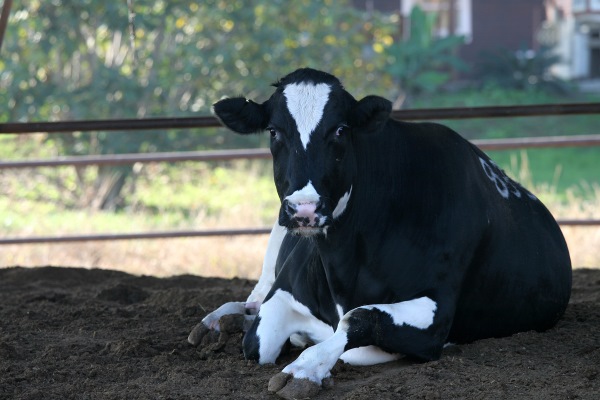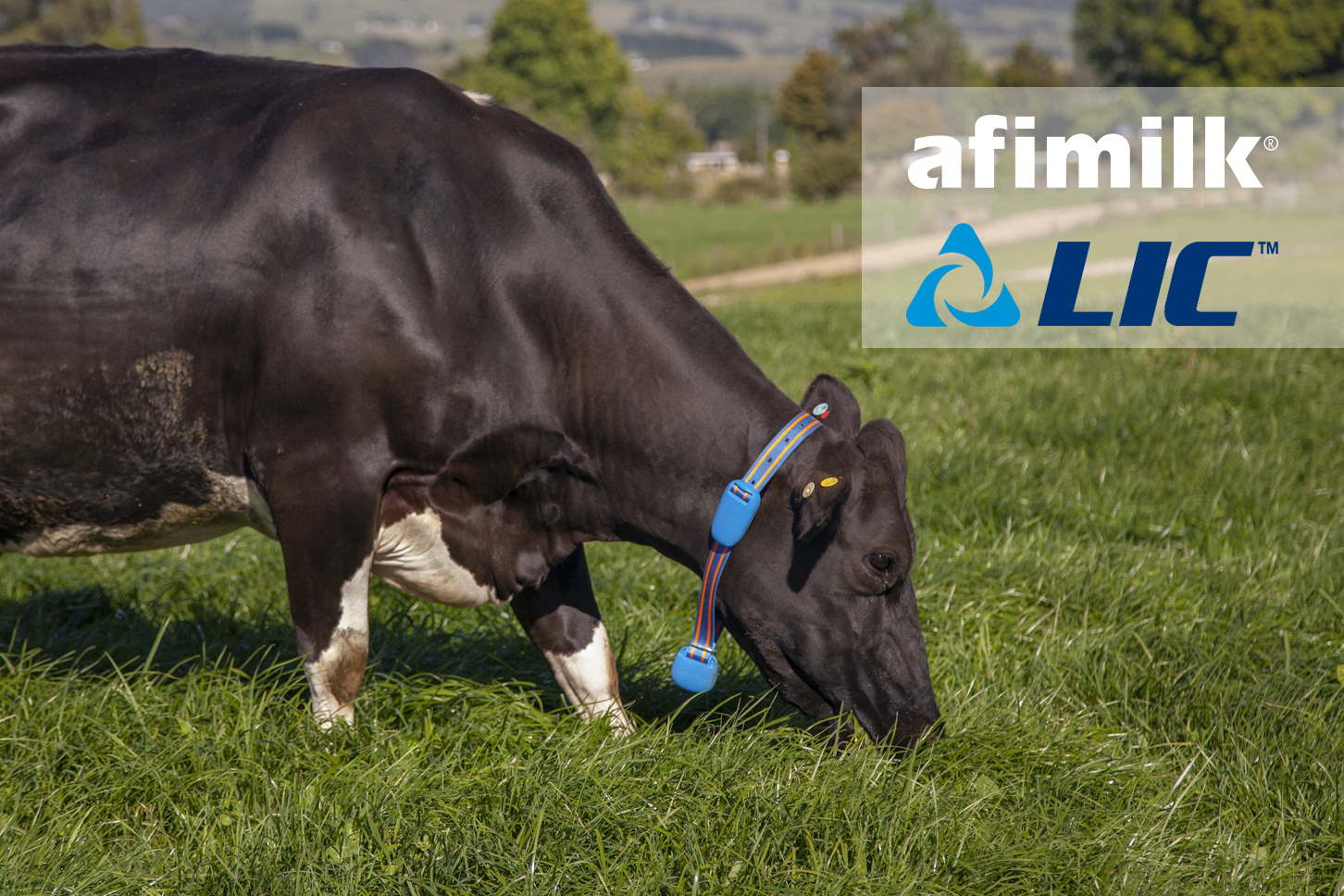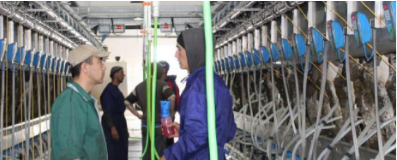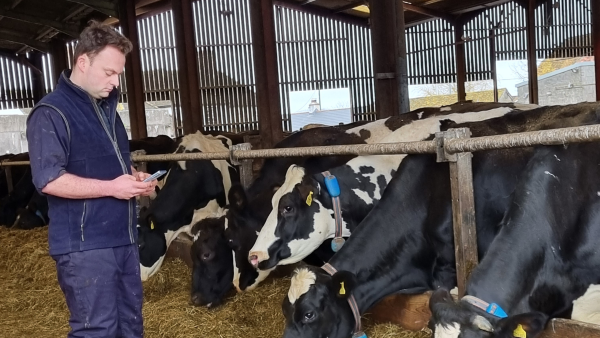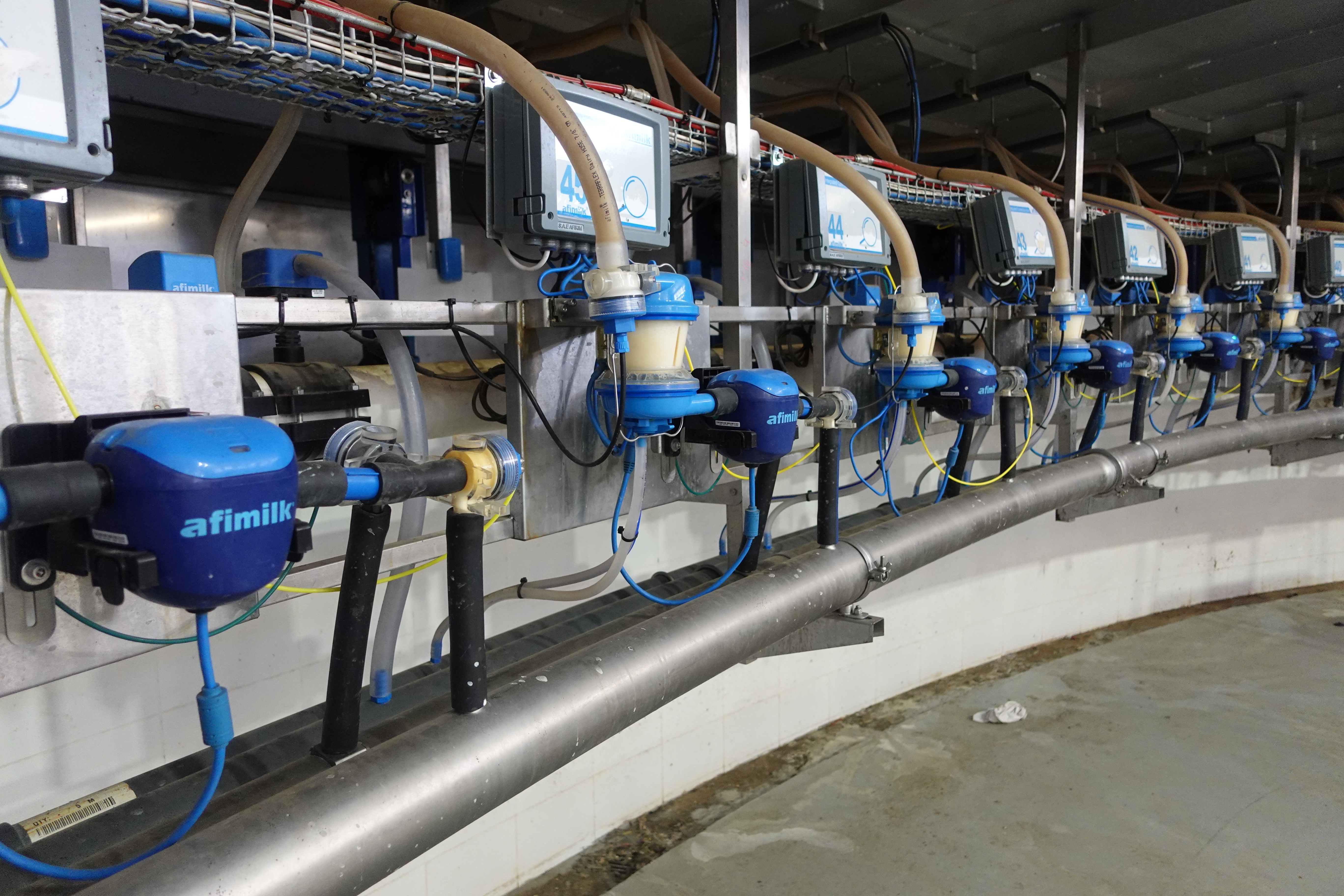Summary of scientific article that deals with Subclinical ketosis in post-partum dairy cows fed a predominantly pasture-based diet in New Zealand
New Zealand Veterinary Journal , 12 Jan 2015
Authors & affiliation:
CWR Compton – Cognosco, Anexa Animal Health & Massey University, New Zealand
L. Young – Agrihealth Ltd, New Zealand
S. McDougall – Cognosco, Anexa Animal Health, New Zealand
Objectives of the research were:
- To define cut-points of concentrations of Ketones in blood, in dairy cows in the first five weeks post-calving, fed a predominantly pasture-based diet, which there were associations with purulent vaginal discharge (PVD), reduced pregnancy rates (PR) and decreased milk production, in order to better define subclinical ketosis (SCK) in such cattle.
- To determine the ketosis rates and risk factors for ketosis in the population of cows that was tested.
METHODS
An observational field study was conducted in 565 cows from 15 spring-calving and predominantly pasture-fed dairy herds in two regions of New Zealand during the 2010– 2011 dairy season. Within each herd, approximately 40 cows randomly selected and was blood sampled to determine concentrations of ketones on six occasions at weekly intervals starting within 5 days of calving. The key outcome variables were the presence/absence of PVD at 5 weeks post-calving, PR after 6 weeks (6 week-PR) and after the completion of the breeding season (final PR), and mean daily milk solids production.
RESULTS
Two cut-points for defining SCK were identified: firstly concentration of ketones (BHBA*) in blood ≥1.2 mmol/L within 5 days post-calving which was associated with an increased diagnosis of PVD (24 vs. 8%); and secondly concentration of ketones in blood ≥1.2 mmol/L at any stage within 5 weeks post-calving which was associated with decreased 6 week pregnancy rates (78 vs. 85%). The mean herd–level incidence of SCK within 5 weeks post-calving was 68 (min 12; max 100)% and large variations existed between herds in peak prevalence of SCK and the interval post-calving at which such peaks occurred. Cows >8 years of age and cows losing body condition were at increased risk of SCK within 5 weeks of calving.
CONCLUSIONS
Cows with concentration of ketones in blood ≥1.2 mmol/L in early lactation had a higher risk of PVD and lower 6-week PR. Cow and herd-level prevalence of SCK varied widely in early lactation.
There was marked variation amongst herds in maximum prevalence of SCK and the interval post–calving at which this occurred. There was also substantial variation in the pattern and timing of peaks of concentration of ketones in blood amongst cows.
CLINICAL RELEVANCE
Subclinical ketosis is common and is significantly associated with reproductive performance in mainly pasture-fed New Zealand dairy cattle. Controlling SCK may therefore result in improvements in herd reproductive performance. However, considerable variation exists among herds in the incidence of SCK and in the timing of peak prevalence which means that herd-specific monitoring programs are required to define herd SCK status accurately.
